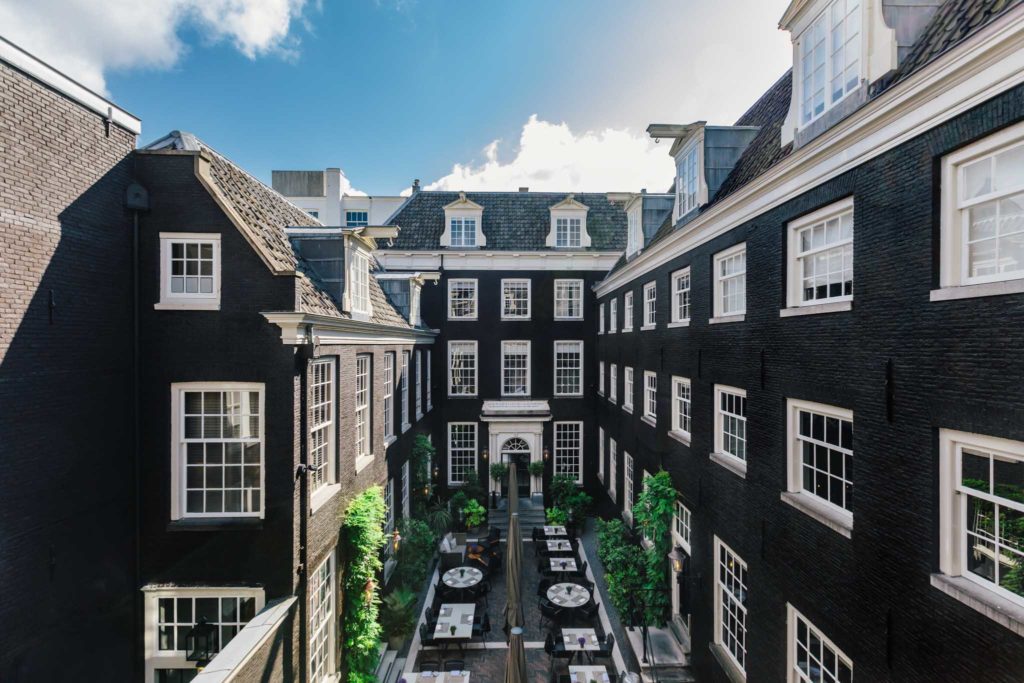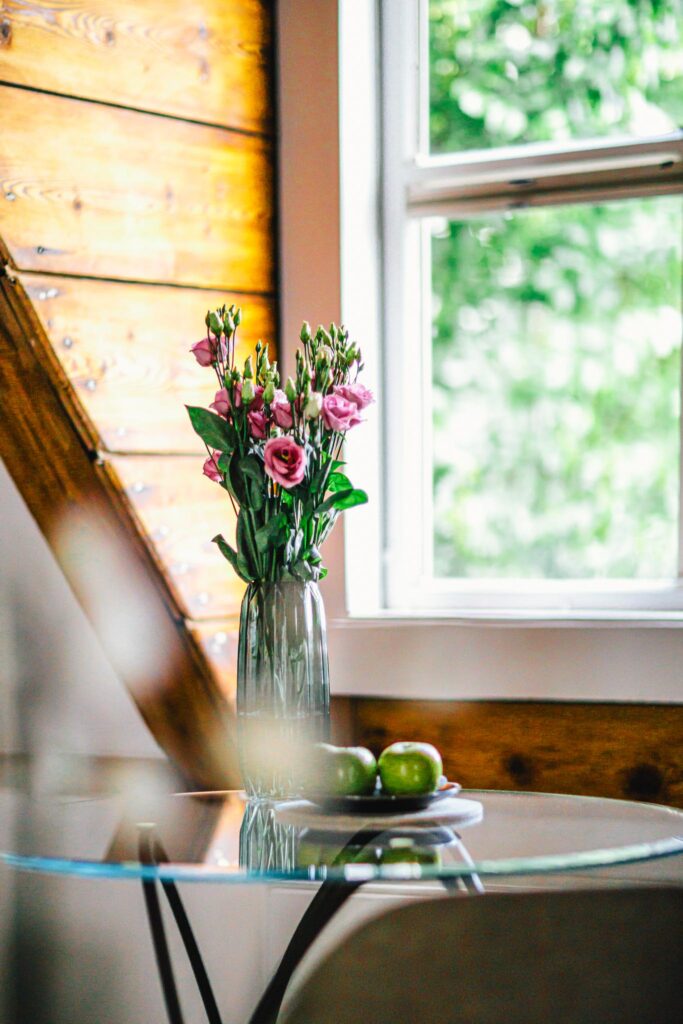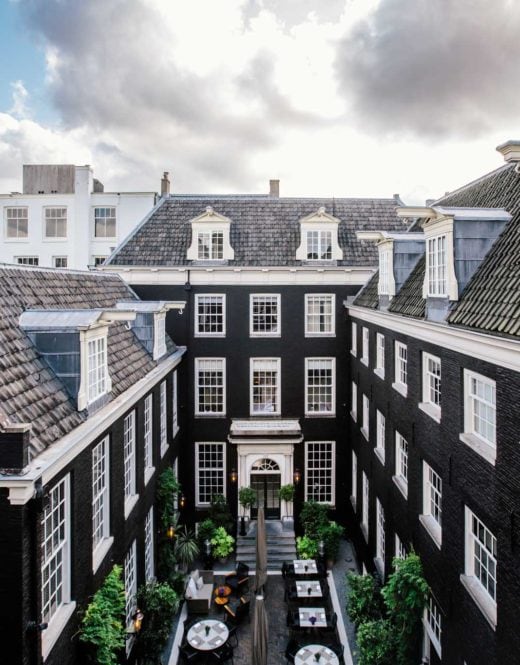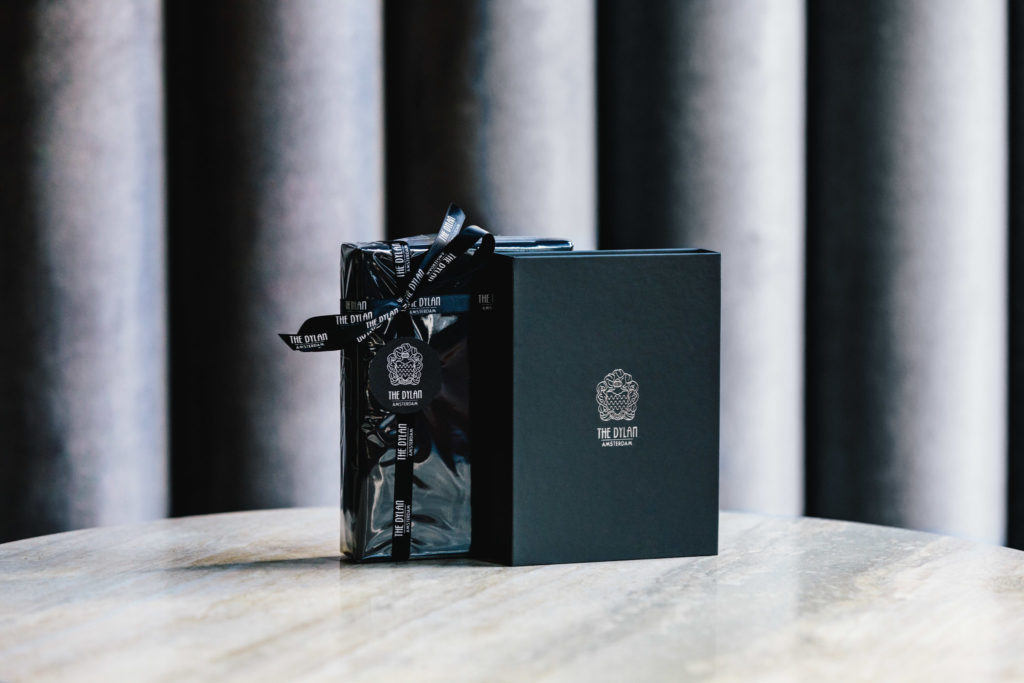You can’t leave Amsterdam without trying some Dutch Classics. We’ll get you started:
Bitterbal
‘Bitterballen’ are the most famous Dutch snack, and can be ordered in almost every (brown!) bar. Most Dutch people enjoy ‘Bitterballen’ accomplished with a beer, the perfect Dutch duo.
History of the Bitterbal
The first evidence of the existence of the Bitterbal dates back to the time of the Batavians, who lived in the Netherlands around 200 years before Christ in the province of Gelderland. The Batavians were used to eat roasted meat with bread and vegetables. After the meal, the women mixed the leftover food with water and bread to make a bread stew that could feed the hunters during their travels. The Romans followed the eating habits of the Batavians when they conquered the area.
During the Spanish invasion in the 16th century, the Spaniards copied the recipe from the Batavians. They changed the method of preparation: leftover meat was mixed with a batter of flour and egg, rolled up in old breadcrumbs and then fried. This recipe is very similar to today’s Bitterbal.
A Spanish ship’s cook discovers the Bitterbal during the Eighty Years’ War. Bitterballs were actually discovered by Spaniards. Because there was scarcity, they only had a few ingredients from which to make tapas: stale bread, ragout and meat. This meant the birth of the Bitterbal. After the Eighty Years’ War, the Netherlands inherited the Bitterbal.
Where to eat the best Bitterbal in Amsterdam?
- Bar Bitterbal, Utrechtsestraat 18
- De Ballen Bar, FoodHallen, Hannie Dankbaar Passage 16
- Black Angus Biterballen van Holtkamp Amsterdam, Vijzelgracht
Stamppot
‘Stamppot’ is a traditional Dutch dish made from a combination of potatoes mashed with one or several vegetables. ‘Stamppot’ is eaten mainly during winter.
The best places in Amsterdam to try ‘Stamppot’:
Recipe ‘Stamppot Boerenkool’:
- 900 g potatoes
- 600 g kale
- 1 ‘Gelderse Rookworst’
- 200 ml milk
- 50 g margarine
- Peel the potatoes and cut into pieces. Put the kale in a pan and fill with fresh cold water until the kale is almost covered. Bring to the boil and add the potatoes, bring to the boil again and let everything simmer for about 20 minutes until tender.
- Drain the potatoes and kale and return to low heat to release the steam.
- Heat the ‘Gelderse Rookworst’ according to the preparation method on the package. In a pan, bring the milk, margarine and stock cube to a gentle boil. Stir every now and then.
- Drain the potatoes and kale. Mash the potatoes and kale until blended. Add the milk mixture little by little and stir well.
Drop
‘Drop’ (liquorice) is seen as a traditional and typical Dutch candy. It is made from juice from the liquorice root plant and flavored with salmiak and sweetener. The pure form without these additions is called block liquorice (blokdrop). Liquorice is sold in about 80,000 places in the Netherlands: in supermarkets, canteens, chemists, petrol stations and many other places. Almost every Dutch person has liquorice at home.
Where to buy this typical Dutch candy?
- Het Oud-Hollandsch Snoepwinkeltje, Tweede Egelantiersdwarsstraat 2
Stroopwafel
A ‘stroopwafel’ is a wafer cookie made from two thin layers of baked dough joined by a caramel filling. First made in the Dutch city of Gouda, ‘stroopwafels’ are popular throughout the Netherlands.
- Van Wonderen Stroopwafels, Kalverstraat 190
- Lanskroon Bakery, Singel 385
Cheese
Perhaps cheese is the most popular product within The Netherlands. You probably have heard from Gouda Cheese or Edam Cheese, however, Dutch cheese is so much more. At De Kaaskamer they can tell you everything about the best Dutch cheeses!
Liquors
There are several different Dutch liquors, like jenever (the original gin!), beerenburg or Dutch gin. Wynand Fockink started in the 17th century distilling liquors and nowadays has a liquor store and a ‘Proeflokaal’ (tasting tavern) where you can taste those delicious liquors.
History of Wynand Fockink
In the 17th century, when the VOC ships brought herbs, spices and sugar to Amsterdam, distillers started distilling liqueurs on a large scale. The reason that the Amsterdam liqueur industry was becoming so important was that the city had become very prosperous and that liqueur, contrary to beer and genever, was an expensive drink which only the rich could afford to drink on a regular basis. When in 1724 Wynand Fockink acquired the distillery and the bar in the Pijlsteeg dating back to 1679, Amsterdam was still a rich and prosperous city with a thriving liqueur industry. In 1778 Wynand Fockink died and left the company to his single surviving heir, his daughter Maria. After her father’s death Maria continued the distillery together with distiller Dentzel. Business was flourishing and through Maria’s granddaughters it came in the hands of the Schmitz family. Until the takeover by Lucas Bols in 1954, the company was managed by descendants of Wynand Fockink. Under Wynand Fockink and his descendants, the liqueur distillery became one of the largest Dutch distilleries.
The tasting tavern and store are located on the Pijlsteeg 31 in Amsterdam.





